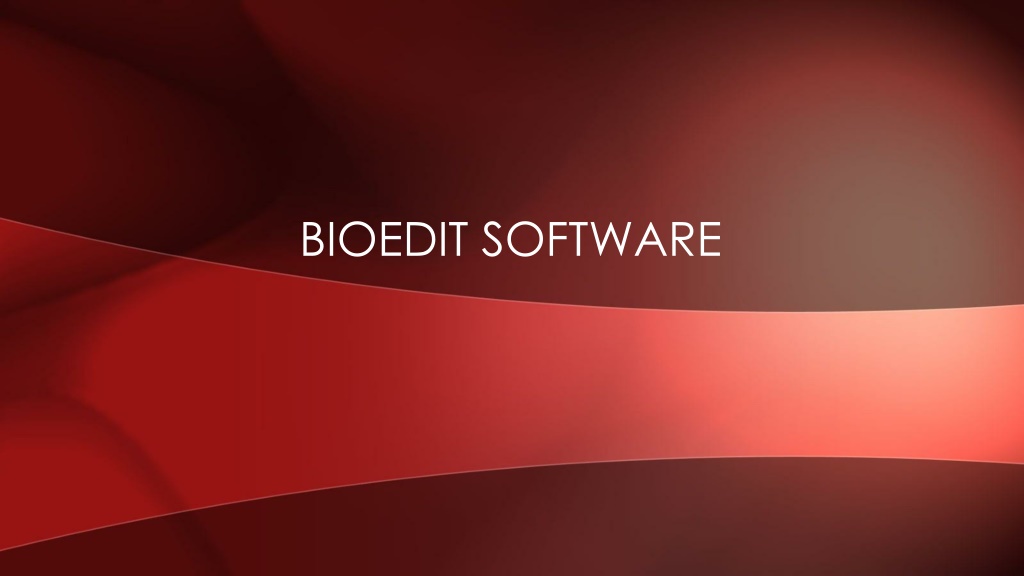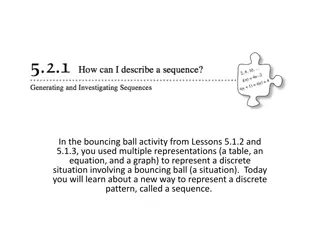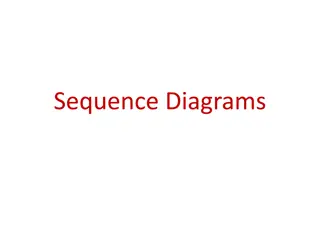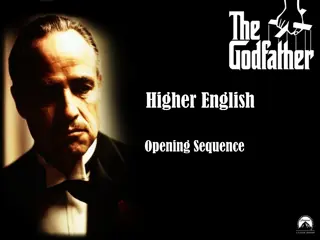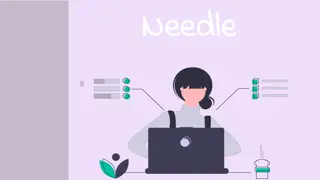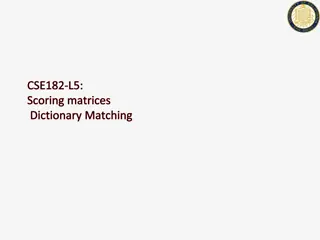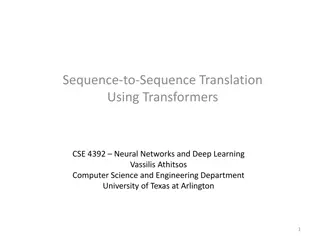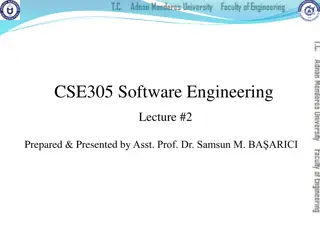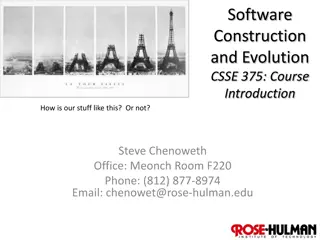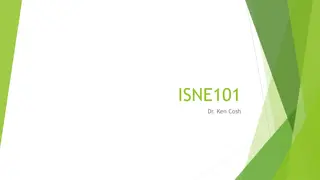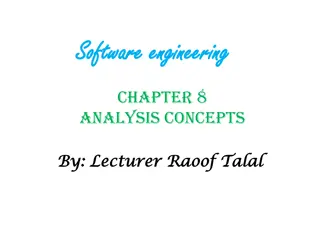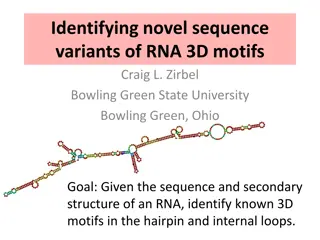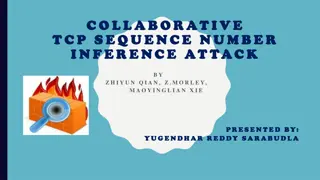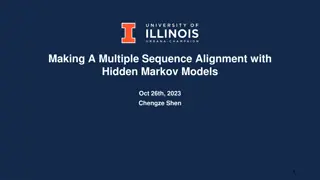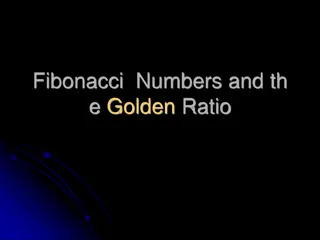Advanced Sequence Analysis with BioEdit Software
BioEdit Software is a versatile tool for sequence alignment and analysis, offering features like color customization, information-based shading, and integration with other programs like ClustalW and Blast. Through its intuitive and graphical interface, users can easily compare sequences, perform ClustalW alignments, and save results in various formats.
Download Presentation

Please find below an Image/Link to download the presentation.
The content on the website is provided AS IS for your information and personal use only. It may not be sold, licensed, or shared on other websites without obtaining consent from the author. Download presentation by click this link. If you encounter any issues during the download, it is possible that the publisher has removed the file from their server.
E N D
Presentation Transcript
DEFINITION: BioEdit is a sequence alignment editor and sequence analysis program that includes features such as Split window view, user defined color, information-based shading and auto integration with other programs such as ClustalW and Blast. BioEdit is intuitive, menu-driven, and highly graphical and offers a graphical interface for users to run external analysis programs. The main functions are intended to be visible by simply playing with the menu options.
DOWNLOADING THE SOFTWARE: Go to https://en.freedownloadmanager.org/Windows- PC/BioEdit-FREE.html Click download now run the program installation begins
Select sequences downloaded from NCBI Click open
THE TWO SEQUENCES APPEAR IN DIFFERENT TABS AS SHOWN IN THE FIGURE AND COMPARISON CAN BE DONE BETWEEN THE AROMATASE GENE OF TWO DIFFERENT SPECIES.
CLUSTALW CALCULATES THE BEST MATCHES FOR SELECTED SEQUENCES, AND LINES THEM UP SO THAT THE IDENTITIES, SIMILARITIES & DIFFERENCES CAN BE SEEN.
TO PERFORM CLUSTALW CLUSTALW IS A SEQUENCE ALIGNMENT PROGRAM THAT PROGRAM THAT PRODUCES BIOLOGICALLY MEANINGFUL MULTIPLE SEQUENCE ALIGNMENT OF DIVERGENT SEQUENCES CLUSTALW IS A SEQUENCE ALIGNMENT NIFEWIFK PRODUCES BIOLOGICALLY MEANINGFUL MULTIPLE SEQUENCE ALIGNMENT OF DIVERGENT SEQUENCES.
To save the file: Go to file save save in format of choice Go to file graphic view ok we get graphically view of the aligned sequences.
TOOLBAR .
ADVANTAGES: An easy, graphical interface for sequence manipulation and editing. Variable editing options, including select and drag sliding and 'grab and drag' sliding of residues, variable selection options, mouse-click insert and delete of gaps, full column selecting, on-screen editing with cut, copy and paste, and auto-scrolling of edit window. Anchor alignment columns to protect fixed regions in an alignment. Automatically and manually annotate sequences with features such as introns, exons, promoters, CDS, and all standard GenBank feature types. Automatically annotate other sequences in an alignment using one sequence as a template. Group sequences into color-coded families and lock group members for synchronized hand alignment. User-defined character-relevance (any characters can be set to be considered as relevant bases in nucleic acid or amino acid sequences for the purposes of similarity shading, sequence identity matrices, and conservation plot views.
LIMITATIONS: Several accessory functions have been added over time (plasmid drawing, restriction mapping, ABI and SCF viewing, RNA comparative analysis and graphical annotation among other features). However, sophisticated search functions, specialized analyses such as protein secondary or tertiary structure predictions, thermodynamic predictions of RNA structure, statistical analyses of alignment quality, and probabilistic or neural network modeling of sequence patterns, alignment and structure prediction are outside the scope of this program. Although command-line accessory applications may be configured by the user, there are programmed links to ClustalW and local BLAST and BLAST client 3. These links are not guaranteed to work correctly if the Clustal program or BLAST programs are replaced with an upgrade. BioEdit performs fairly well with reasonably-sized alignments. However, there is an imposed limit on both the number of alignment documents that can be opened at once, as well as the number of sequences that can be contained in a single alignment
